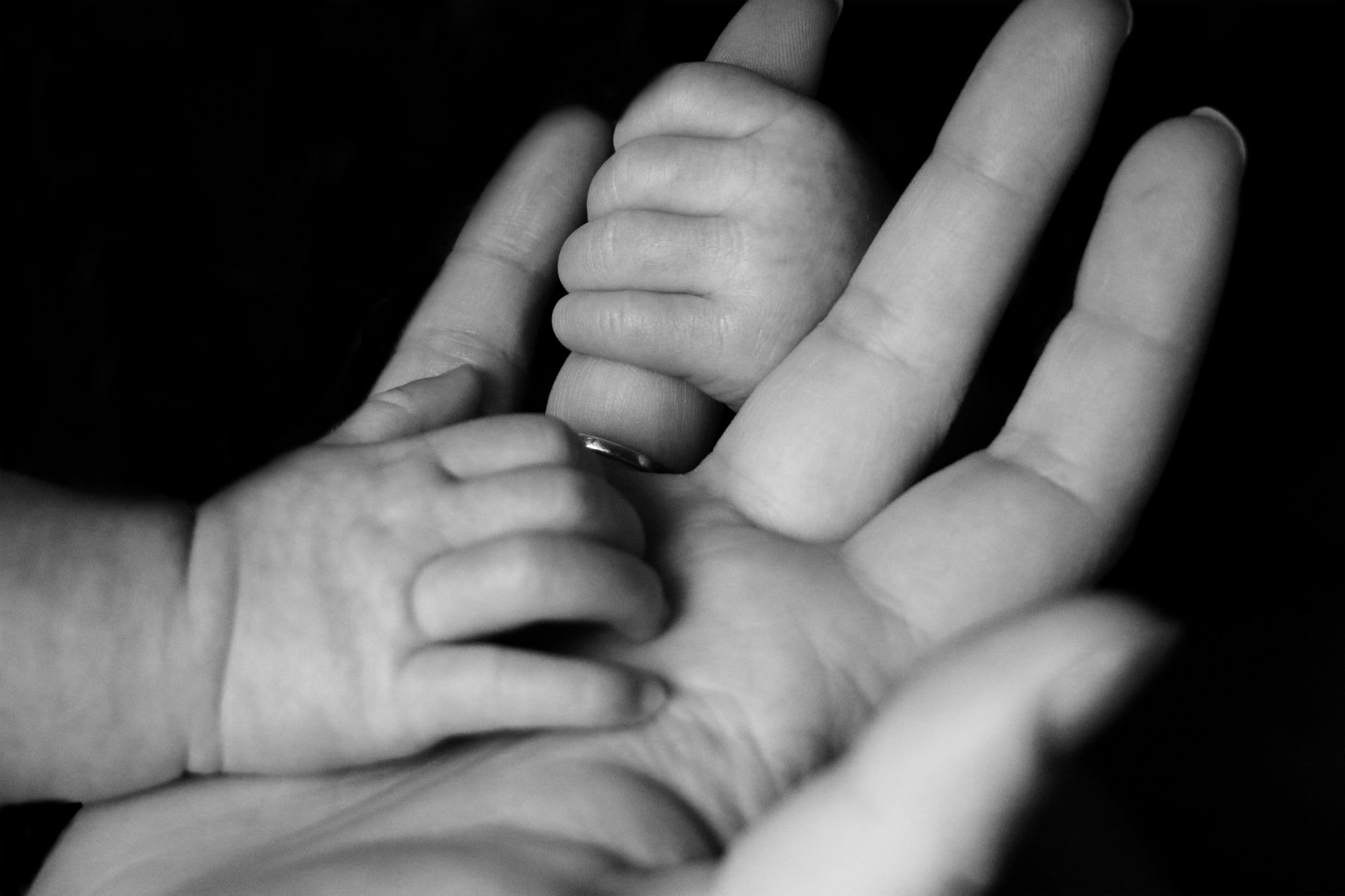Written by

Kids are expensive. Budgeting for all the extra expenses of childcare can be very stressful, since there are so many unknowns. Our helpful guide will ease the stress and help you prepare for the unforeseen and unexpected expenses.
You’ve decided (or shortlisted) which childcare options works for you. That’s amazing, you’re doing great! If somehow you ended up here but you haven’t even considered the options, check out our article dedicated to the types of childcare and then come back here after for budgeting tips and tricks.
Now, it’s time to crunch some numbers. This exercise is really important. You may in fact decide that the option you initially had in mind is not nearly as attainable as it seemed, and another option will take the lead.
Step 1. Dissect the routine. Envision a regular week you will live through using your top choice of childcare. Now, think of every little detail of that week. Will everything stay the same as it was before, or will some things change? Let’s find out what changes and how that will affect your budget. What time will you get up and go to bed? What will you have for breakfast, lunch, and dinner? Will you have to drive extra distances to get your child into childcare? Will you need to pack a lunch or snacks for your child? Will you be missing any billable hours at work because of the new routine? Will you need to change your diet or get takeout more often because of a lack of time? Will you have to pay for extended childcare hours? Will you have to get any additional equipment (extra car seat, toys, food containers, etc)?
Step 2: Envision the extremes. How reliable is your childcare? What if your provider suddenly becomes unavailable? Is it possible to find a replacement last minute and what does that cost? How much work will you miss if you have to stay home to take care of your child (if they get sick or childcare provider is unavailable)? What is the likelihood of you picking up your child late or dropping them off early? And how much will that cost?
Step 3. Build in a buffer. With kids there is always a possibility of unexpected situations happening. So prepare for that by building a buffer into your budget. If you don’t end up using the buffer every month, you could always put the unused funds toward your child’s RESP.
Judy and Derek recently had an adorable baby, Emma. Since both of them have great careers and are not ready to give them up, they have decided to return to work after their parental leave comes to an end. Judy’s mom is retired and offered to look after Emma during the day, so she can spend more time with her granddaughter. Naturally, Judy and Derek feel like they had won at life and agreed without hesitation, as this arrangement saved them from having to pay for expensive childcare.
Although, Judy’s mom agreed to help out without any payment in return, Judy and Derek decided to give her $100 every month. They happily added $100 to their monthly budget and called it done.
Judy and Derek were really excited about the opportunity Judy’s mom had given them, but after a couple of months, they started noticing that they’re not meeting their monthly budget. So, let’s dive in and figure out why!
Judy’s mom lives across the city and doesn’t drive. Therefore, Judy drives Emma to her mother’s condo 5 days a week, which adds 25 km to her commute. Also, Judy has to take her mom grocery shopping every weekend. Based on the car Judy drives and the per kilometre car expense calculation, Judy spends an additional $700 every month (5 days a week, 25 km each way at $0.56/km, taking into account maintenance, gas, registration, depreciation, insurance cost).
Before having Emma and going on a maternity leave, Judy worked 8 hour days and she got paid $25/hour. With the additional travel time, Judy cut her hours to 6.5 hours per day. With the cutback in hours, Judy makes $750 less than she did before.
To baby-proof Judy’s mom’s house for Emma’s care, Derek went on a shopping spree and purchased $380 worth of supplies.
Judy wanted Emma to have the best experience, so she purchased $230 worth of new toys to keep at her mom’s house.
To avoid having to bring clothes back and forth, Judy shopped online and bought $170 worth of the cutest outfits for Emma.
Judy buys extra baby formula, organic baby food, and diapers which costs $47 per week.
Judy and Derek get takeout every night during the week, because by the time Judy gets home with Emma, it’s too late to cook dinner and she is usually too tired. This costs them additional $600 a month ($30 every night with a food delivery company).
Now that we have the facts laid out, let’s put it all together!
Judy and Derek realized that they are indeed very lucky to have such a generous family member. However, every month they are incurring additional recurring costs of $2,338 to accommodate for Judy’s mom to care for Emma, and the initial one-time investment of $780 for all the additional supplies.
A Day Care Program in their community would cost them $1200 per month and includes meals, diapers, toys and would allow Judy to continue working her regular 8 hours per day. When Judy and Derek were initially thinking about childcare, $1200 per month seemed like a lot of money and the offer of “free” childcare from Judy’s mom was much more appealing.
As you can see from this example, sometimes what seems like a great option financially, will actually cost considerably more when you fully account for everything. We acknowledge that we are looking at this example strictly from a financial standpoint, and that there is a great emotional benefit from the time spent between a grandmother and a granddaughter. If you want to learn how to fully assess your situation from all angles, checkout our blog on the pros and cons of going back to work after parental leave. We always encourage you to look at the full picture whenever making such an important decision!
To learn more tips on childcare, check out our checklist: Planning for the Care of Your Child.
We all know that we should save more, but why is it that some people (like Buffet) find it easy, while others struggle…
We all know that we should save more, but why is it that some people (like Buffet) find it easy, while others struggle…
We all know that we should save more, but why is it that some people (like Buffet) find it easy, while others struggle…





